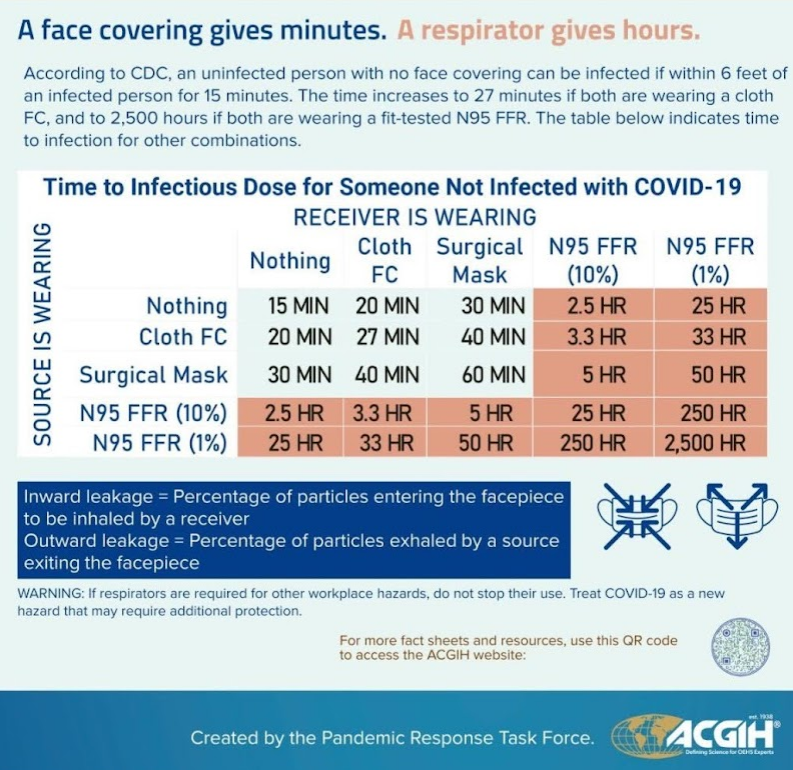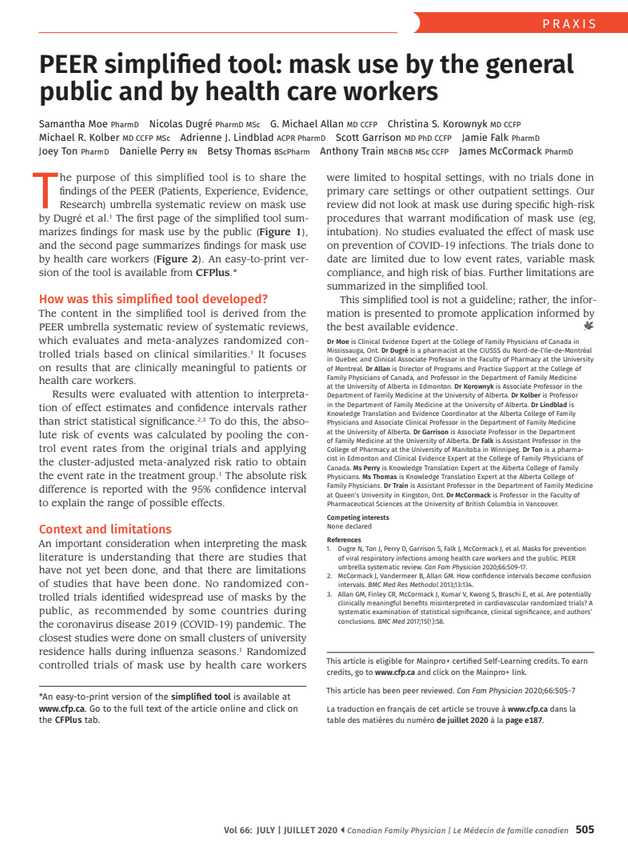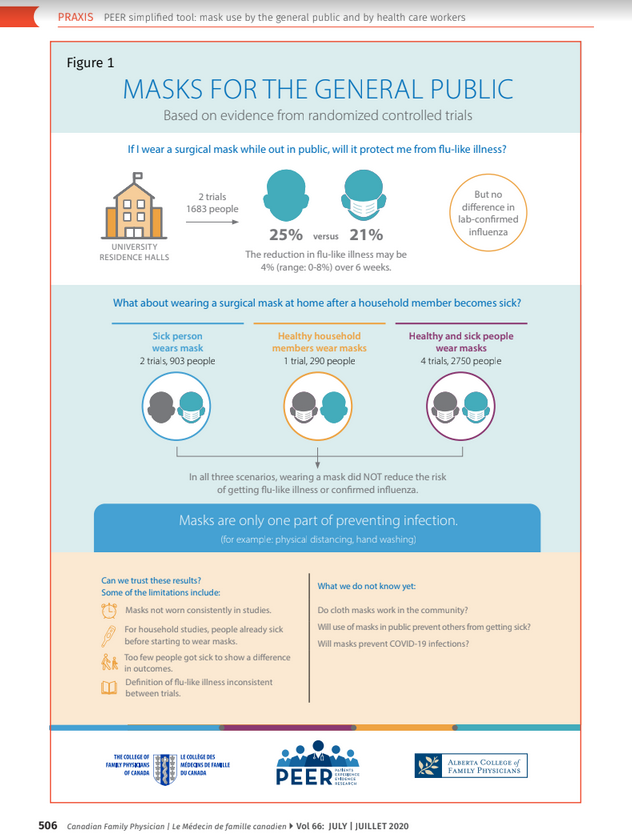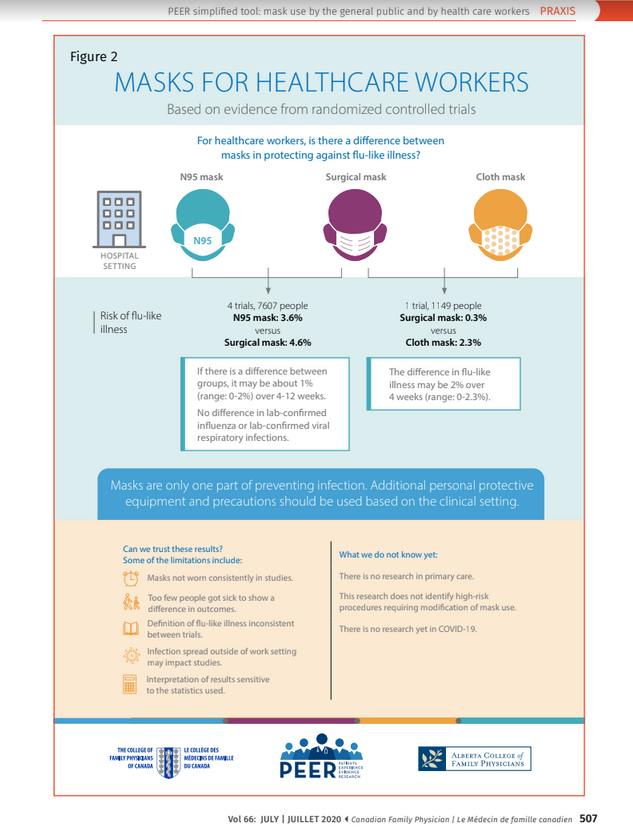
Masking, as it pertains to COVID-19, is arguably the most controversial of all subjects. You have the supposed "pro-maskers" and "anti-maskers" (since apparently labels are paramount these days) and each side guards their beliefs around the safety and efficacy of masking akin to a religious orthodoxy. The newly minted, ambiguous term "science" is thrown around in a way that is of no resemblance to what science actually means. To be clear, science is a process, not an end point. Believing in "the science" would mean believing in asking questions, healthy skepticism and ongoing research. Science is never settled, that is precisely the point.
Here, the NSCLA explores the scientific literature around masking to prevent or reduce the spread of transmissible respiratory viruses.

Cloth Masks up to 98% Ineffective
A new study published on March 1, 2022, concludes that cloth masks, due to their woven construction, have limited ability to filter out particles and are therefore ineffective at preventing the spread of respiratory viruses. You can find an overview of this publication in the Daily Mail. Beyond cloth masks, "surgical masks fit badly, so a lot of air goes unfiltered past the edges of the mask by the cheeks and nose." Basically, a properly fitted N94 or N95 type mask would be what is required to have measurable efficacy at reducing the spread of particles as small as viruses and the droplets they travel in.
Masks Contribute to Reduction in Intelligence in Developing Children
In a study by Brown University scientists and reported on in November, 2021, it's reported that pandemic measures, namely social distancing and face masks, caused a reduction in the development of young children by up to 23%. Results showed the early learning composite mean result dropped by 23%, from a high of just under 100 in 2019, to around
80 in 2020, and finally 77 in 2021.
There is No Evidence that Masks Prevent or Reduce Transmission of a Virus
Swiss Policy Research has collated a metric tonne of data around masking and put together a simple, easy to read document that is, well, conclusive. It will be difficult to summarize each point as they cite enumerable studies, but some of the conclusions include:
1. A May 2020 meta-study on pandemic influenza published by the US CDC found that face masks had no effect, neither as personal protective equipment nor as a source control.
2. A WHO review of ten randomized controlled trials of
face masks against influenza-like illness, published in September 2019,
found no statistically significant benefit.
3. A Danish randomized controlled trial with 6000
participants, published in the Annals of Internal Medicine in November
2020, found no statistically significant effect of high-quality medical
face masks against SARS-CoV-2 infection in a community setting.
4. A large randomized controlled trial with close to 8000 participants, published in October 2020 in PLOS One,
found that face masks “did not seem to be effective against
laboratory-confirmed viral respiratory infections nor against clinical
respiratory infection.”
5. A July 2020 review by the Oxford Centre for Evidence-Based Medicine found that there is no evidence for the effectiveness of face masks against virus infection or transmission.
6. An August 2021 study published in the Int. Research Journal of Public Health found “no association between mask mandates or use and reduced COVID-19 spread in US states.”
7. A large Spanish school study, published in March 2022,
found that “mask mandates in schools were not associated with lower
SARS-CoV-2 incidence or transmission.”
8. A 2015 study in the British Medical Journal BMJ Open
found that cloth masks were penetrated by 97% of particles and may
increase infection risk by retaining moisture or repeated use
The NSCLA encourages anyone interested to read this document in full as there is a plethora of information, studies, citations including visuals of before and after mask mandates as well as an overview of the studies that have attempted to conclude face masks do work.
Moisture Retention, Reuse of Cloth Masks and Poor Filtration may result in Increased Risk of Infection
A now famous 2015 study among 1607 hospital workers (in select high risk settings) in Vietnam aimed to establish the efficacy of cloth vs medical masks in limiting influenza like illness. The conclusion was that penetration of cloth masks by particles was almost 97% and medical masks 44%. This study is large, a prospective randomized clinical trial (RCT) and the first RCT ever conducted of cloth masks.
CDC Guidance Advises Cloth Masks May Provide 12 Minutes of Added Protection
The US CDC uses the widely accepted notion that in order to transmit COVID-19, you must be within six feet of an infected person, both unmasked, for about 15 minutes. If both parties are wearing a cloth mask, the time increases to 27 minutes before transmission is likely to occur. Based on this guidance, the only times where a cloth mask may provide some protection are instances when you are in close proximity to an infected person for at least 15 minutes, but under 27 minutes;

Masking Does in fact have Adverse Effects on Adults Too
a 2020 study of New York healthcare workers concluded that prolonged use of N95 and surgical masks by healthcare professionals
during COVID-19 has caused adverse effects such as headaches, rash,
acne, skin breakdown, and impaired cognition. As a result, to help mitigate this it is recommended that there be frequent breaks, improved hydration, rest and skin care.


